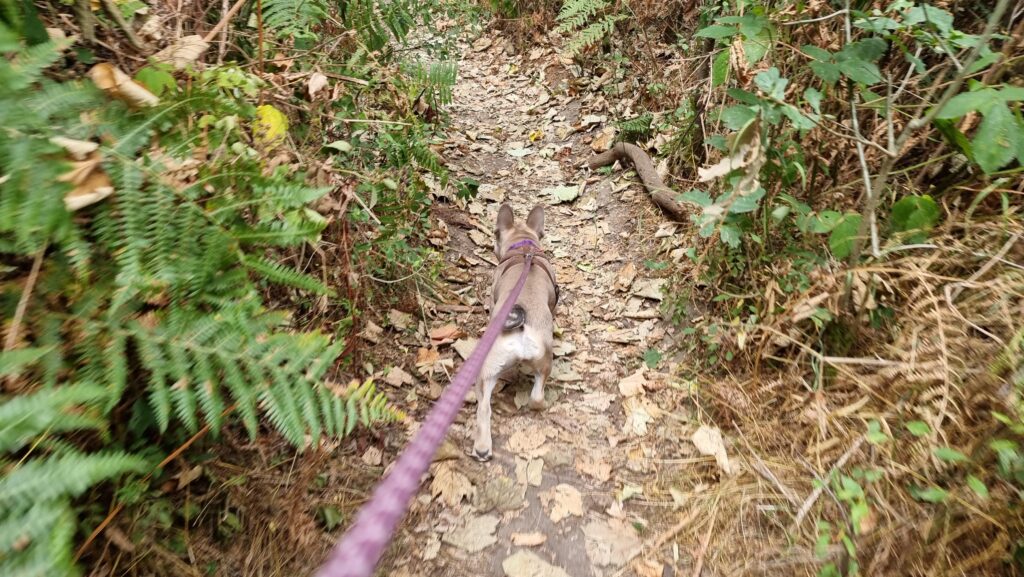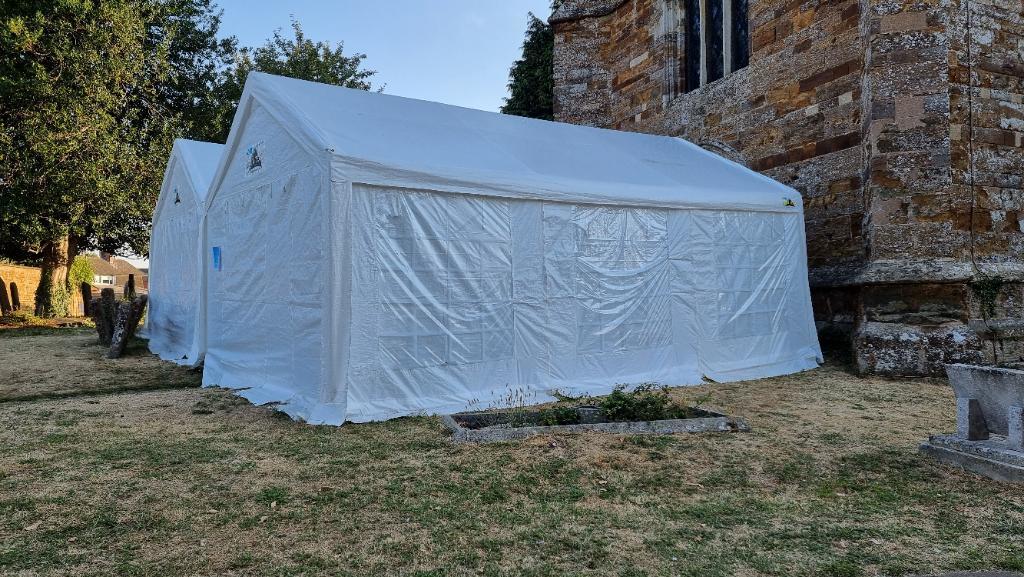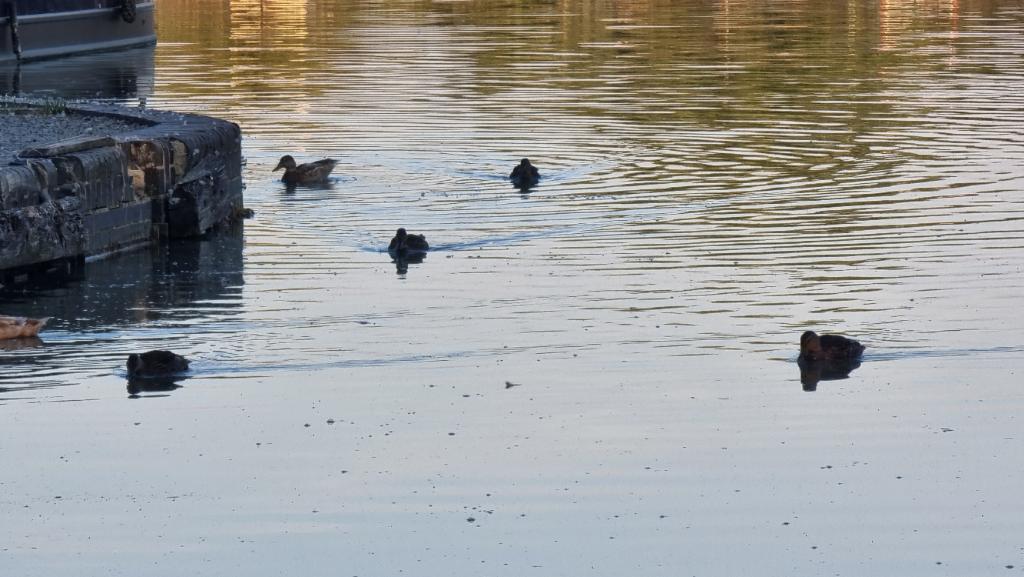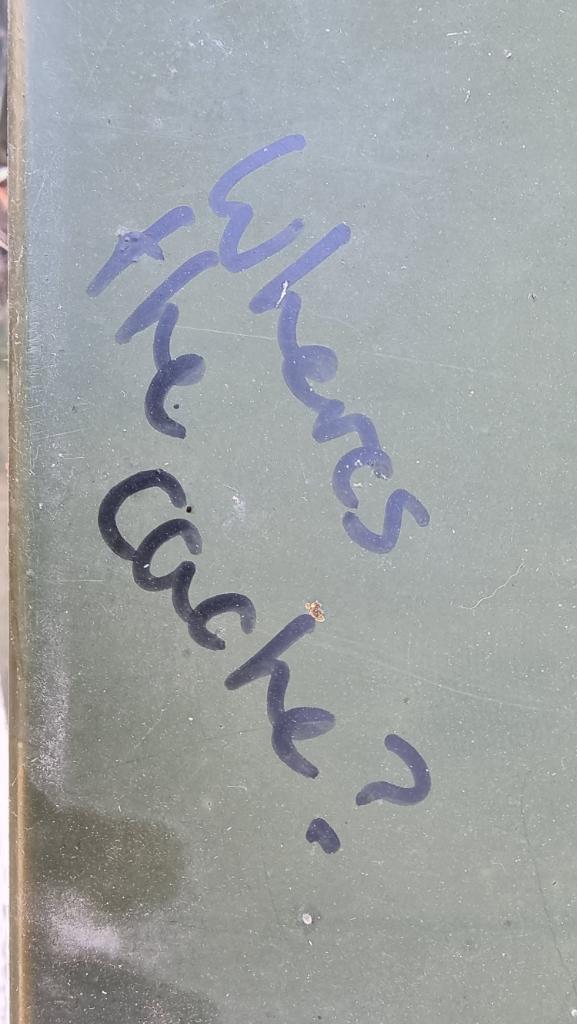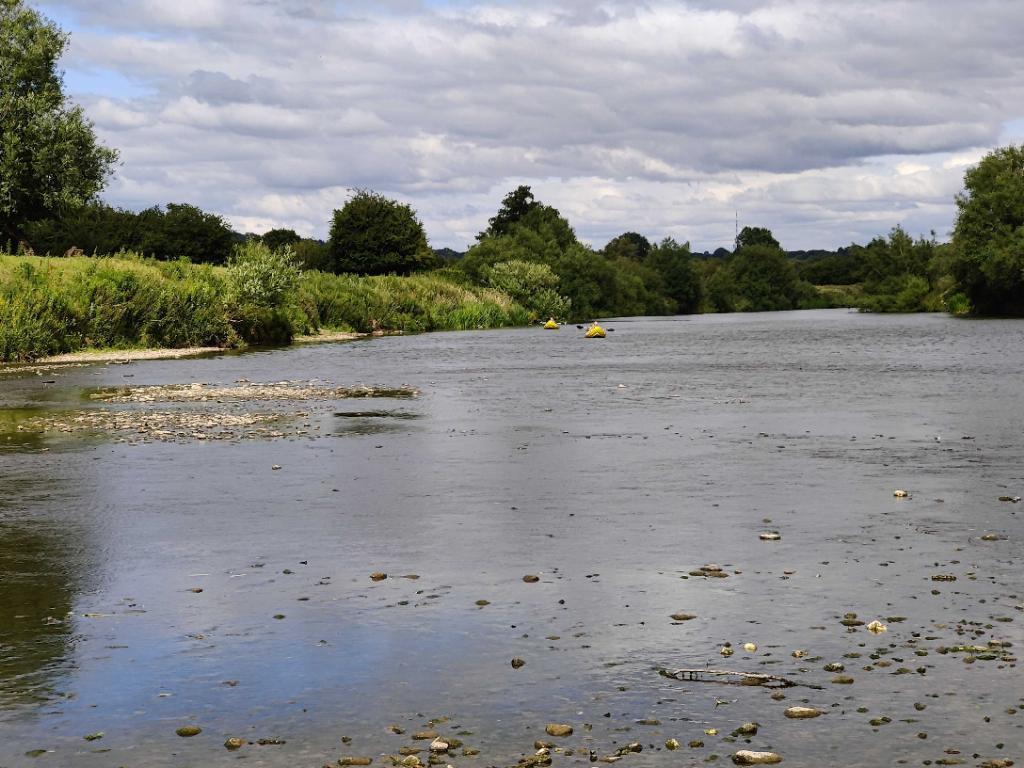This checkin to GC9H105 Mr Nonsense reflects a geocaching.com log entry. See more of Dan's cache logs.
While free rest of the festival nursed their hangovers or simply enjoyed a much-needed lie-in after staying up late singing “Meet on the Ledge”, I got up early and came out for a walk.
And, I figured, given the relative quiet of the canalside for the first time in a few days, an opportunity to find a geocache or two.
Comong among the road from the East – where I’ve camped – at first I was stumped as to where this could be hidden. As soon as I changed to a different path I immediately worked out
where to look. TFTC!

